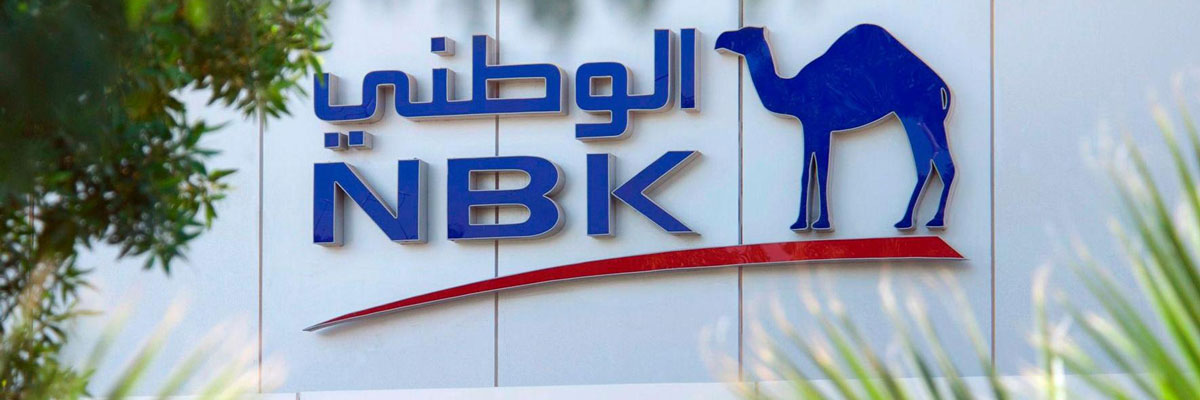
After a tough 2020, the outlook for Oman’s economy now looks more promising. Oil and non-oil activity are recovering, with the latter potentially reaching above 3% over the medium term helped by wide-ranging reforms linked to the Vision 2040 agenda. Frontloaded fiscal reforms including VAT and cuts in spending will reduce the fiscal deficit to 0.5% of GDP by 2024. Downside risks include renewed pandemic pressures, a drop in energy prices and a stalling of the government’s reform program.
Growth to pick up steadily as reform program accelerates
After a very difficult 2020, the outlook for Oman’s economy is improving, with GDP growth expected to rebound to 2.1% in 2021 and to 3.1% on average in 2022-24, on a combination of higher oil and gas output as well as the government’s wideranging structural reform program. (Chart 1.) Short-term headwinds are expected, however, from the large fiscal consolidation being implemented this year to address the deficit. In the energy sector, the further unwinding of OPEC+ supply cuts from August should see Oman’s crude production increase by about 8 kb/d per month to a year-average of 759 kb/d (-0.4% y/y). A boost in natural gas production (associated and nonassociated), helped by output gains in the key Ghazeer and Khazzan fields, and resulting increases in condensate volumes will more than compensate for this year’s overall decrease oil output. Hydrocarbon sector GDP is forecast to grow by 2.8% in 2021 and by 3.6% on average in 2022-2024. Non-oil activity, meanwhile, has benefitted from a post-Covid bounce (a travel ban was lifted in September for vaccinated individuals), which together with the government’s strong commitment to reform and diversification (under both Vision 2040 and the new five-year plan running 2021-25), has provided for a more constructive outlook. After falling by an estimated 4.4% last year, non-oil GDP is forecast to rise 1.6% in 2021 as domestic and external demand start to recover. In the medium term, non-oil growth should pick up to above 3% by 2024 as the benefits of the structural reform program start to materialize more fully. As well as stabilizing the public finances (see below), measures include boosting labor market flexibility, private sector jobs and female participation, which should lift productivity, reforming state-owned firms (eventually leading to privatization) and improving the business climate. Targeted sectors for development include hi-tech industry, agriculture, transport, logistics and tourism, with an additional focus on green initiatives. Moreover, the $7 billion 230,000 bpd Duqm refinery (more than 80% complete) will attract significant new investment in ancillary activities and surrounding infrastructure.
Fiscal deficit to narrow sharply on early consolidation
Faced with a sharp widening of the deficit last year, the government rolled out the Medium Term Fiscal Plan in 2020 to restore fiscal stability and balance the budget by 2025. As well as VAT, measures already implemented include cuts to utility subsidies and capital outlays as well as reductions in the public sector wage bill (though social safety nets will be expanded and better targeted to support vulnerable Omanis). The introduction of personal income tax is also being considered. These measures, together with higher oil prices, helped narrow the deficit sharply by 46% y/y to a pro-rated 5% of GDP by August. We expect the deficit to shrink further to 3.6% by year-end from 10.5% in 2020. While such a sharp near-term fiscal adjustment carries risks to economic growth, it has already yielded some dividends: S&P and Moody’s both upgraded their outlooks on Oman, and the government could even be on track for its first rating upgrade since 2007. Fiscal consolidation and broader reforms would also help to reverse the increase in public debt (to 80% of GDP in 2020 from 5% in 2014) due to both domestic and external debt issuance, potentially bringing it down to 73% of GDP by 2024. Meanwhile, consumer prices fell 0.9% in 2020 (average) but are forecast to rise 1.5% this year following the introduction of a 5% Value Added Tax (VAT) in April and amid increasing demand and international food prices. As the initial impact of VAT fades though, inflation should slow to 1.4% on average in 2022-24.
External position to strengthen over the medium term
The current account deficit widened to 12% of GDP in 2020 from 5.5% in 2019, on the back of lower oil exports. It should, however, narrow to 1.0% of GDP by 2024 helped by higher oil prices and as the government’s diversification and Omanization drive supports manufacturing exports and reductions in remittances, respectively. Currently elevated energy prices are behind much of the recent improvement in the external balance. Backed by $35 billion in foreign assets (including $18 billion in SWF assets), the long-standing peg to the US dollar has anchored prices and financial stability. According to a recent IMF report, the authorities would be open to a more flexible exchange rate in the long term as the importance of the non-hydrocarbon tradable sector increases under the diversification agenda.
Successful reform program would boost growth, cut risks
Higher oil prices and the accelerated pace of reforms are expected to boost non-oil growth and cut Oman’s long-standing twin fiscal and external deficits sharply by 2024, reducing economic vulnerabilities. However, a drop in energy prices could upend progress, with negative spillovers across the economy. Renewed pandemic-linked demand weakness is also a risk, as is the sizeable and rapid fiscal adjustment, which will affect near-term growth. The reforms themselves could also meet with resistance and have to be scaled back or slowed down.
In order to see the table report click the link bellow please.
 Login
Login